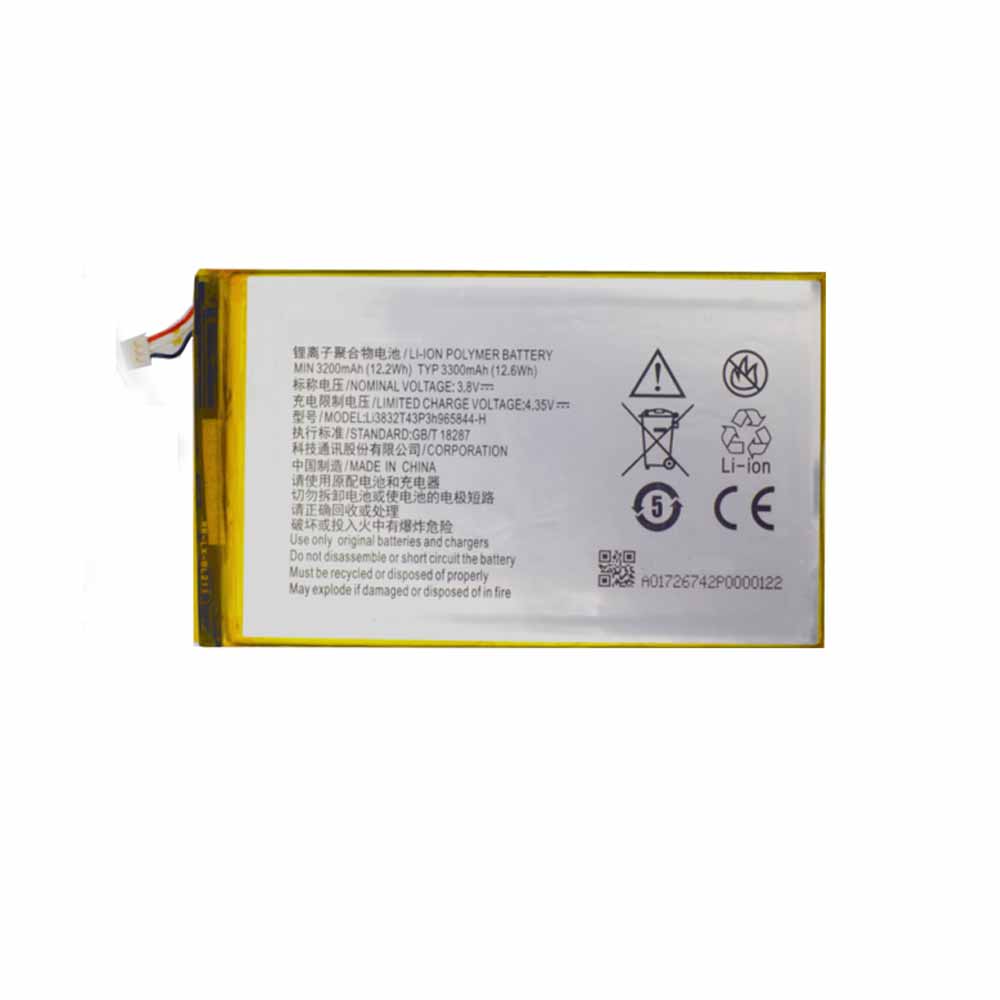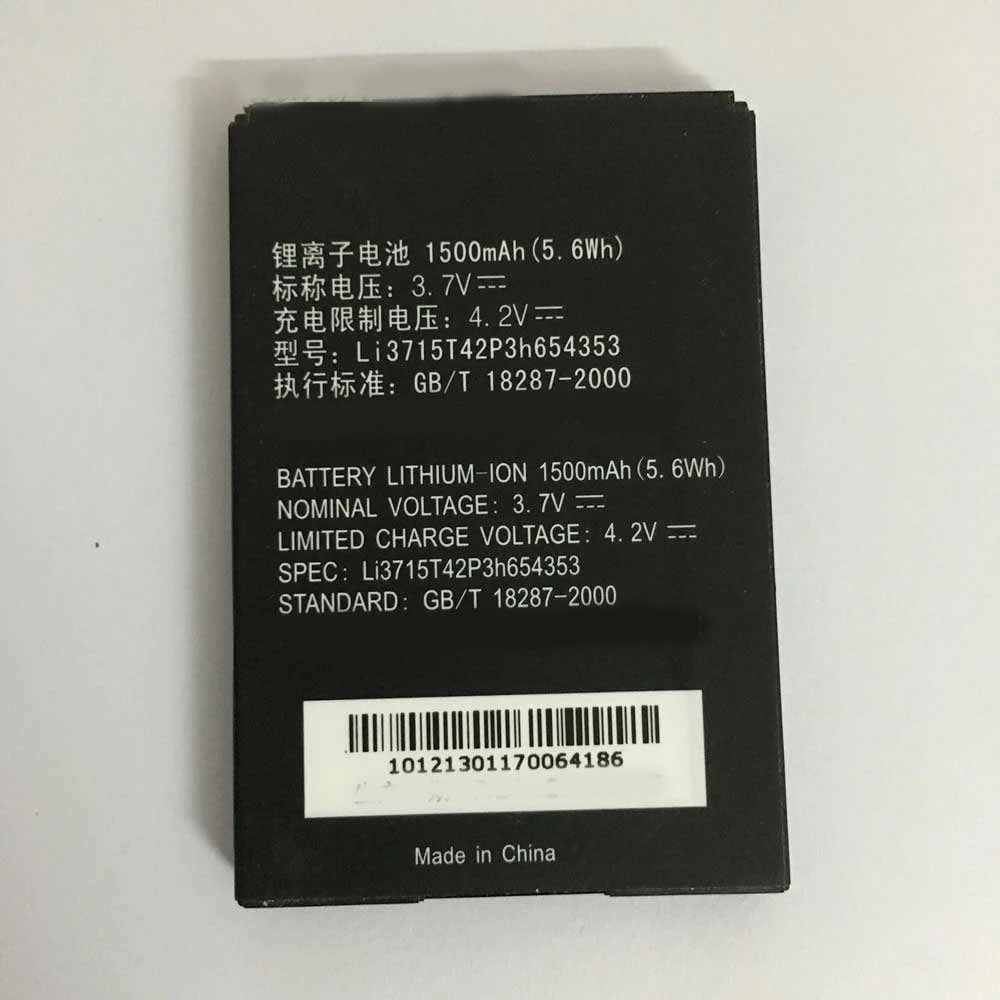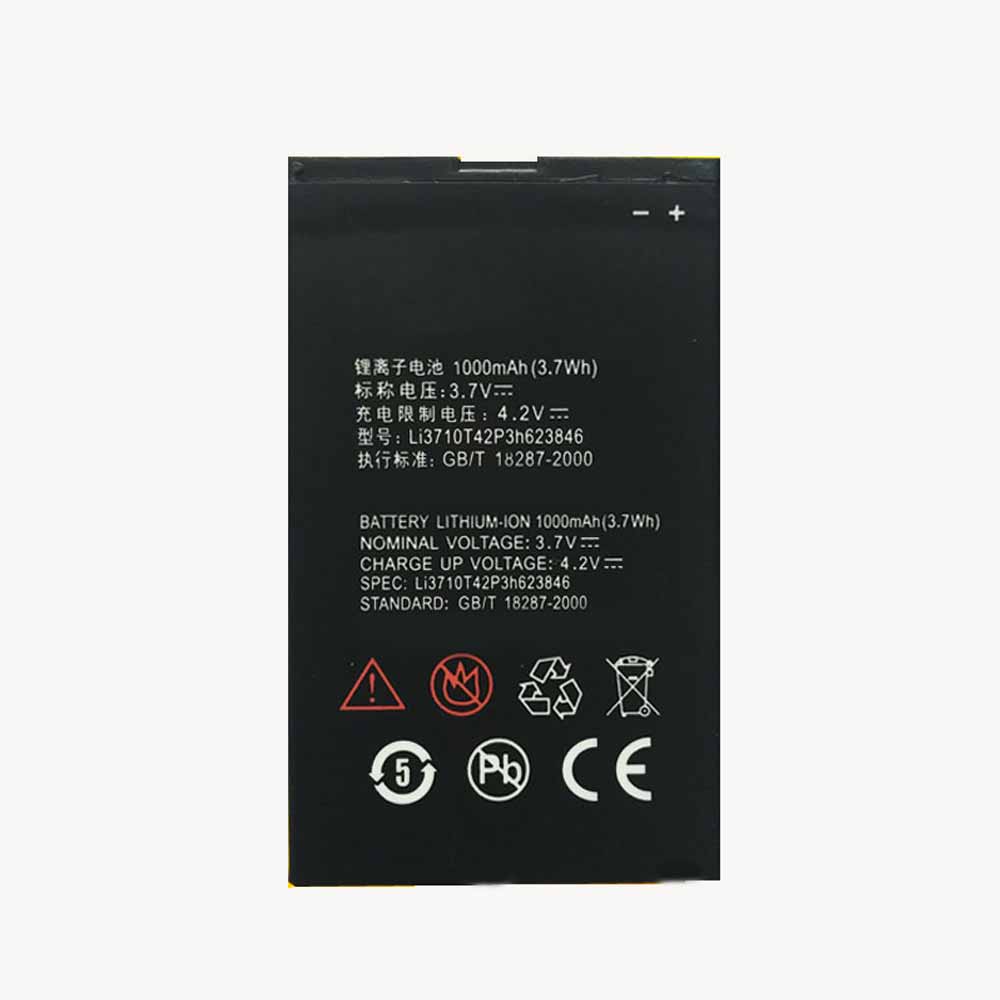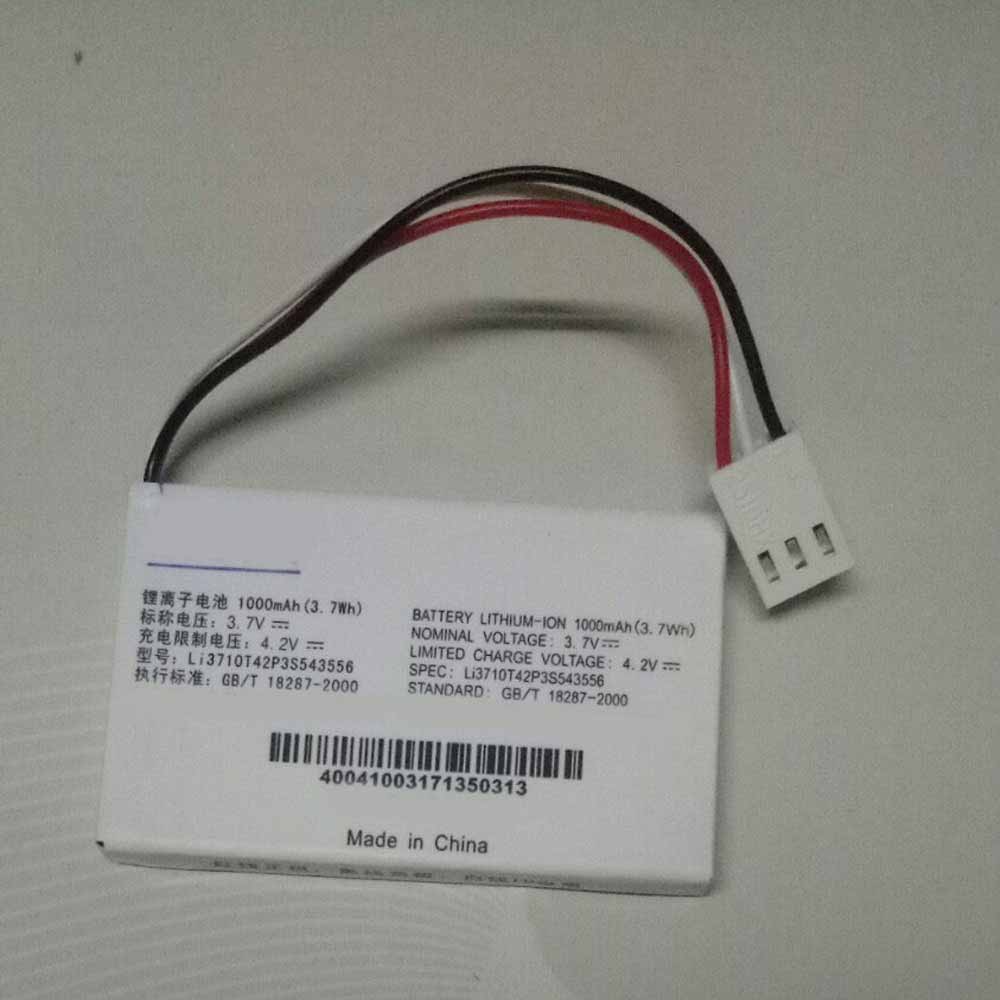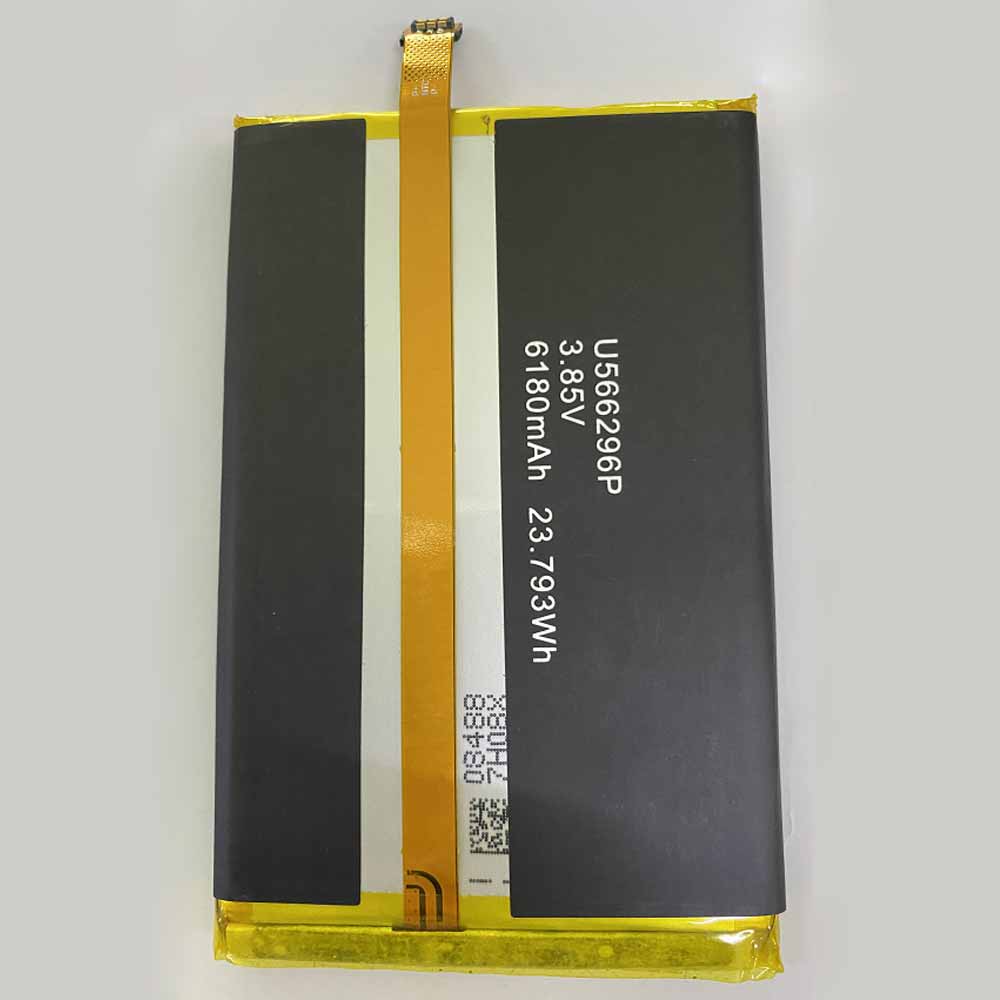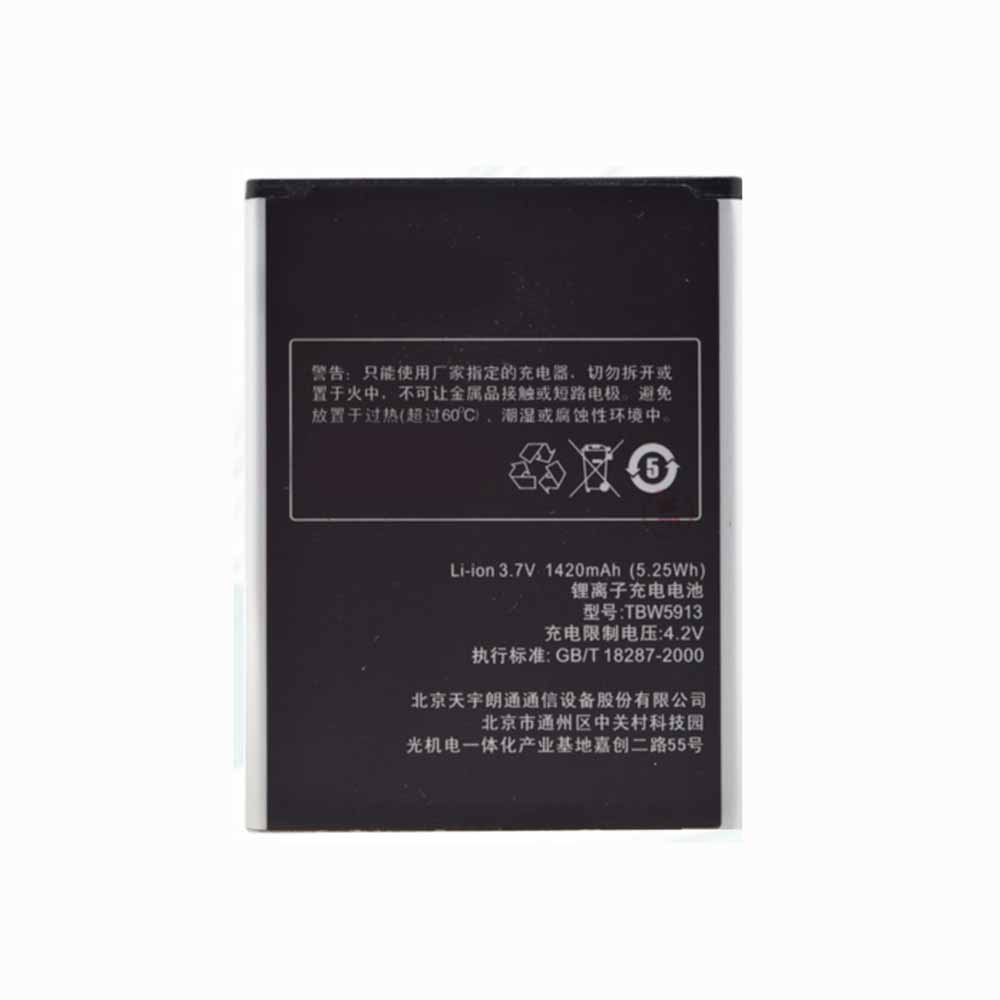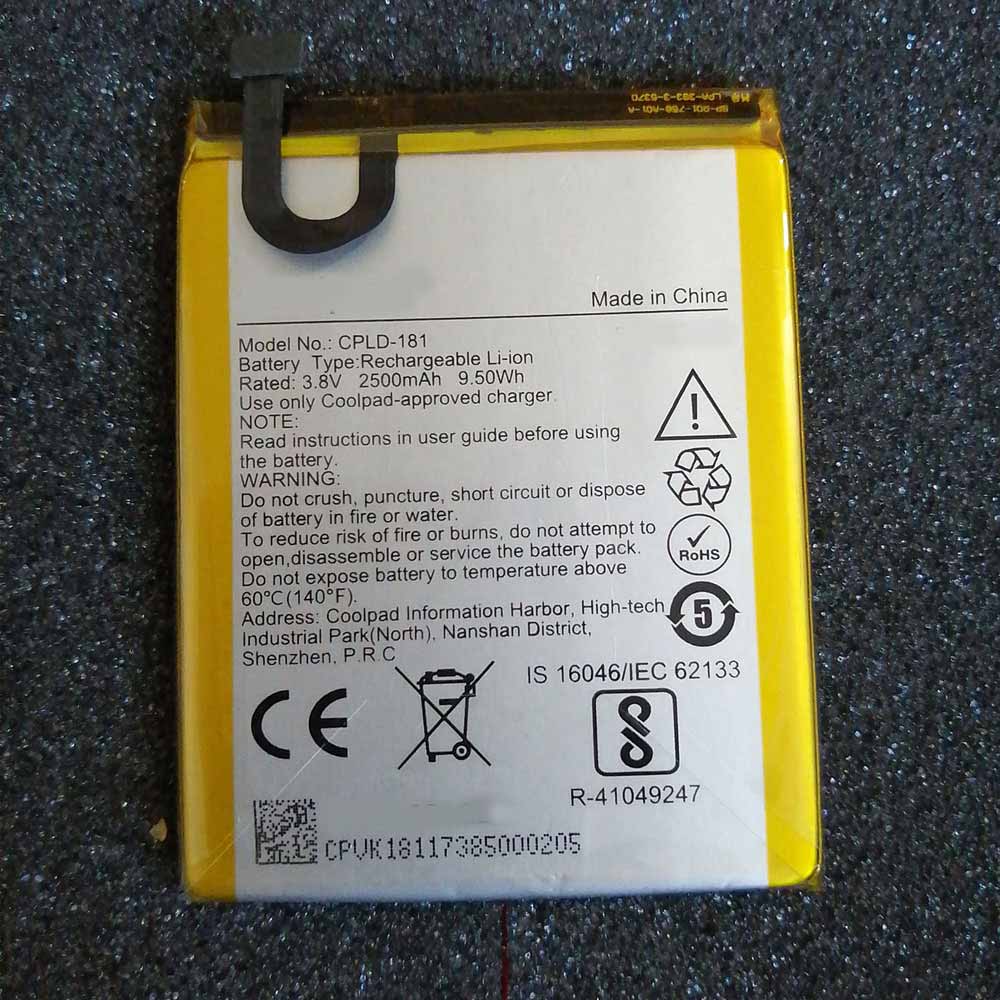Most manufacturers want you to believe you can’t replace your battery, but that’s not true. Doing so can add years of life to your device.
YOU MIGHT BE in the habit of replacing your smartphone every couple of years, but most phones can last a lot longer than that. Like your car, they might just need a new part every now and then, and the best repair you can do on your phone to make it last longer is a battery replacement. But most batteries aren’t user-replaceable. So how do you actually get one?
Unfortunately, user-replaceable batteries are becoming increasingly rare, and most smartphone manufacturers don’t go too far out of their way to let you know that you can get a battery replacement at all. In fact, when Apple briefly lowered the cost of iPhone battery replacements, it resulted in about 10 times as many people replacing their batteries as usual (and, coincidentally, far fewer new iPhones sold that year). However, even if your battery is locked inside your phone, you can get a new one and keep your phone lasting longer.
Some Things to Consider Before Replacing the Battery
Even though battery replacements are very useful, they can also be a hassle to get done. In fact it’s not unlike getting work done on your car: You might be able to do it yourself, but it’s probably easier to pay someone else to do it, and you should expect to be without your phone for a while as you wait for the repair to finish.
Many places offer same-day repairs, as long as the battery for your device is in stock. That is, for repair places with physical locations near you. If you have a local Apple store or a uBreakiFix location near you, they might have what you need. But in some cases you’ll need to mail in your phone to get a repair, which could leave you without it for days. And while you may be able to get a loaner phone from some places, it can still be a hassle. On the other hand, it’s a lot better for the environment, not to mention your wallet, if you replace the battery rather than buy a new phone.When You Should Replace the Battery
As a general rule, if you’ve had your phone for a couple years and it’s starting to show its age, that’s a pretty good time to look into a battery replacement. That’s right around the time you might be thinking about getting a new phone anyway–many carriers still offer upgrades or payment plans that renew every two years to entice you–but you can also check your battery’s health manually if you want to see if you need an upgrade sooner.
On iPhones, you can navigate to Settings > Battery > Battery Health to find a Maximum Capacity value that will show what percentage of your battery’s initial charge capacity is left. This isn’t how full your battery is right now but rather how much charge it can hold relative to how much it could hold when it was new. If this gets down to 80 percent (especially if it’s still under warranty), get a new battery.
As always, Android phones are a little more complicated; there are many different models and they don’t all work the same. Instead, you can use an app like AccuBattery to get detailed stats on the health of your battery. The app uses an estimate, not an official report, and it may take a few days to get a full picture of your battery’s health. But if it’s below 80 percent of its original capacity, it might be time to take a look at a replacement battery.Take Your iPhone Into an Apple Store
If you have an iPhone and you want a battery replacement, you’re probably in the best position. If you’re still under warranty or AppleCare+, you can get a free battery replacement on most phones from the last several years. If you’re outside of coverage, the fees range from $49 to $69, depending on which phone you have.
If you can bring your phone into an Apple store, they can often repair your phone the same day and have it back to you in a few hours. If the repair job is more complicated, the store may need to send it off to an Apple Repair Center, which can take up to 3 to 5 days to complete the repair. However, this is how long it would take to get a repair job if you mailed the phone in yourself anyway, so it makes sense to try an in-store repair first.Try Third-Party Repair Shops for Android Phones
For Android phones, there’s no single manufacturer that also handles all repairs, like there is with Apple, but you can still get same-day repairs done with third-party repair shops. The most prominent of these is uBreakiFix, which has locations in most US states. Some major manufacturers like Google and Samsung give uBreakiFix access to OEM parts, which means they can repair your phone with the same materials those companies would use if you send them in directly.
Prices on Android battery repairs can vary, but usually are around or below $100, but you might need to call in to get an estimate. In some places, the company can even send a rep out to you to repair your phone on-site, in addition to the usual options of either going into a store or mailing in your device.When All Else Fails, Do It Yourself
In some cases, it might not be feasible (or even possible) to bring your phone into a store or mail it in somewhere. If you really want to keep your existing phone, and you don’t mind getting your hands dirty, you can try replacing the battery yourself. Repair site iFixit has guides for replacing batteries on most major phones that will explain in detail what tools you need and how to take apart your phone, with pictures for every step.
You might need a specialized toolkit (which iFixit also sells) that has the proprietary screwheads and other tools that might be required for opening up your phone. Also keep in mind, while you can replace a part without voiding your warranty (and in fact those warranty-voiding stickers are illegal!), the manufacturer still might try to fight you on the warranty if you break anything while doing so. And potentially even if you don’t. If you’re comfortable with that–or if you’re already out of coverage anyway–then order a replacement battery for your phone online and give it a whirl.
